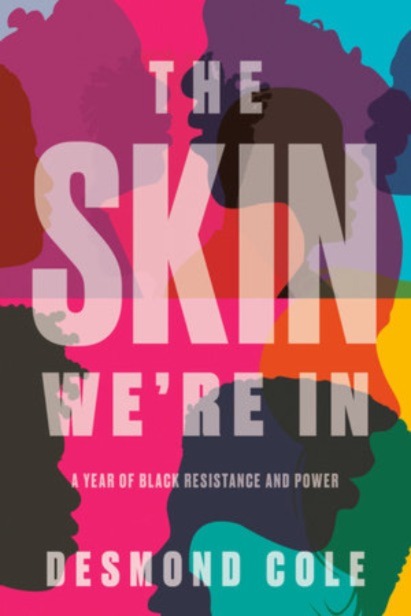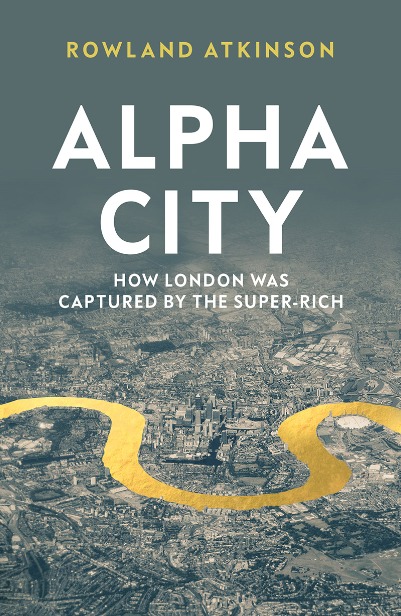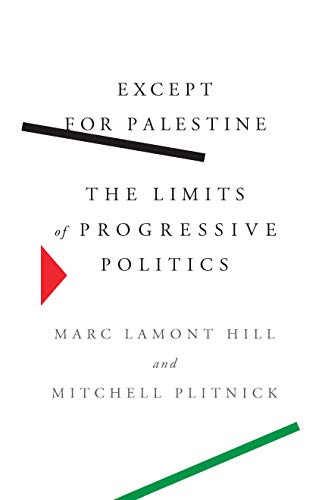Can’t Pay Won’t Pay: The Case for Economic Disobedience and Debt Abolition, Debt Collective (Foreword by Astra Taylor), Haymarket Books, 2020, pp. 164, ISBN: 978-1-64259-262-7
Horror stories of incurred debt permeate American society. From hundreds of thousands of dollars necessary to undergo life-saving surgeries and equally as expensive education to short-term unsecured, “payday,” loans needed to pay exorbitant rent or purchase groceries, Americans are forced into indentured slavery to meet their basic needs. Of course, Americans are not the only ones, as debt is a ubiquitous feature of capitalistic societies and has been used not solely as an economic but also as a political weapon. Debt has been used to impose economic restructuring and facilitate extractivism and dependency, bounding the peripheries to the core. Likewise, it has been used to pacify and de-politicize, as indebted people are less likely to act to subvert the system on which they depend to repay their “obligations.” In restructuring economies and pacifying individuals, debt has been used as a redistribution mechanism that increases inequality while ensuring the continued reproduction of the capitalist system.
Co-authored by the Debt Collective, a debtors’ collective formed to fight against predatory financial contracts at the height of Occupy Wall Street, Can’t Pay Won’t Pay offers an accessible account of the social consequences of financialization. By generating social insecurity and poverty, financialization sustains a regime of inequality of which debt is an integral element. In debt, the Collective sees the potential for a global movement that would reverse the power relationship between the debtor and the creditor and remake the world in the process.
Household debts have been ballooning the world over even before the COVID-19 crisis, but the pandemic further exacerbated private financial woes. Canadians now owe $1.71 for every dollar spent. At the same time, 73% of American consumers at the time of their death have outstanding debt amounting to $62,000 on average, composed of a medley of credit card, auto, personal, student and other loans. In the US, recent cheques the government sent to people were seized by banks to repay debt, thus forcing the already beleaguered into further peonage and misery. Naturally, marginalized, racialized and indigenous communities are always hit harder, and the same goes with their debt. The level of debt held is so great that it in itself reverses the power dynamic between the debtor and the creditor. Quoting J. Paul Getty: “If you owe the bank $100,000, the bank owns you. If you owe the bank $100 million, then you own the bank.”
People have stopped repaying their debt because they can no longer afford to. Of course, this inability is not due to their poor financial management or any other personal trait, but because of the capitalist system that pushes wages down while increasing private profits. While the wages remain stagnant and costs increase, the gap can only be bridged by taking out credit to access the necessary provisions and services. This process – financialization – generates immense wealth for the creditor class and impoverishes the debtors. Such economic injustice is what the Debt Collective deems unjust debt. Unjust debt acts as a way for capitalism to insure itself against its demise, forcing people to bend to its demands, and it is this type of debt that the Debt Collective seeks to abolish.
On the contrary, “just debt” is “one that increases the power, increases the wealth, and increases the freedom of those entering it,” such as the debt owed to the descendants of African slaves whose forced labour formed the bedrock for the development of capitalism. However, who are the creditors in the case of “just debt?” Given that the white settler-colonial society that developed on stolen indigenous land using African forced labour produced an unequal society in which some of the descents of the white-settlers are now burdened by their own debt, it is unclear if they would be creditors and debtors at the same time. A call for reparations cannot stop at monetary compensation for centuries of oppression but must include a systemic overcoming of capitalism, which would by its very design right historical wrongs. Otherwise, pursuit of just debt will merely lead to a restructuring of the unjust one.
Unjust debt connects people around the world by virtue of the capitalist system spanning the globe. Creditor nations have lent billions to other countries, as have banks to individuals, making them mutually dependent on each other. Should the debtors refuse to pay their debt, the Debt Collective argues, creditors will suffer. As the book says, collective action is therefore critical. Debtors’ organizing can reverse the processes that impose strict neoliberal policies on them, entrenching their precarious social position and reproducing their status as debtors. The Collective believes that the debtors’ power can force systemic changes necessary to reverse neoliberal globalization.
To support their argument, they use instances of successful repudiation of debt by some countries and their own work in successfully buying debt obligations and then not pursuing their collections. Countries in the global South have tended to be at the forefront of struggles against debt, usually in response to IMF and World Bank imposed economic restructuring. Cochabamba campaigns against the privatization of Bolivian water resources gave rise to Evo Morales who rejected the IMF, further spurring Ecuador under Rafael Correa to do likewise. Before them, the UK-based Jubilee Debt Campaign arose at the heels of the African debt crisis in the 1990s and worked to cancel African debts. Since 1996, this organization managed to have $130 billion in debt cancelled and forced the UK Parliament to enact legislation to protect impoverished nations from vulture funds. Similarly, they were at the forefront of campaigns to cancel US student loan debt, which after Occupy Wall Street in the 2010s took on a life of its own. Now over 200 organizations across the US are calling for student debt cancellation by the incoming Biden administration.
However, the crux of the argument about debtors’ collective is a displacement of the site of struggle from the shop floor to the fictitious commodity that is debt. Debt is the consequence of primary exploitation that happens not in the sphere of circulation of capital but in its production. Given that the ultimate cause of the financial crisis of 2007-2008 was extraordinary corporate debt, it is unclear what these organizations could possibly have in common with those who incur debt due to their inability to afford education or shelter. Therefore the political identity of a debtor comprises various categories whose constitutive identities might come to contradict one another. Perhaps this lumping together of opposing interests in search of an overarching benefit for “all” within the system despite their class differences represents the residue of Occupy Wall Street populism out of which the idea emerged.
It is ultimately difficult to see how activism for abolishing debt could lead to a systemic restructuring of neoliberal economies without engaging in interpretive conjectures that parse and connect factually disparate events. Organizing around the universal site of exploitation, likewise the site of the reproduction of oppression, would provide for a more robust collective basis for political action, the result of which could be the abolition of debt as a consequence of the transformation of the socio-economic basis of society. Instead of unifying under the banner of debt, debt can form but another reason for movements based on struggles against oppression and injustice to mobilize.
Further, comparisons with successful national stories are strained. Successes of Bolivia and Ecuador are premised on national mobilization that rests on nationalism and protecting the environment or indigeneity. While debt may have formed a part of the discourse, it was certainly not the defining motivational element. Correa’s defaulting on debt obligations resulted from his rejection of austerity measures attached to the IMF-imposed agreement. In his election campaign, he was even willing to use oil revenue to issue more expensive debt to rid the country of the IMF. The problem was the IMF, not the debt.
What Can’t Pay Won’t Pay reminds us of is that we are living with the consequences of financialization and that the debt we accrue greases the wheels of capitalism. However, the extent to which debt can be used as a building block for the construction of a subversive political identity to target capitalism is questionable. Organizing around debt can nonetheless provide immediate relief to struggling communities and can be pursued in the interim. However, struggle rooted in class allegiances remains the most potent weapon for a more equitable and green future.




